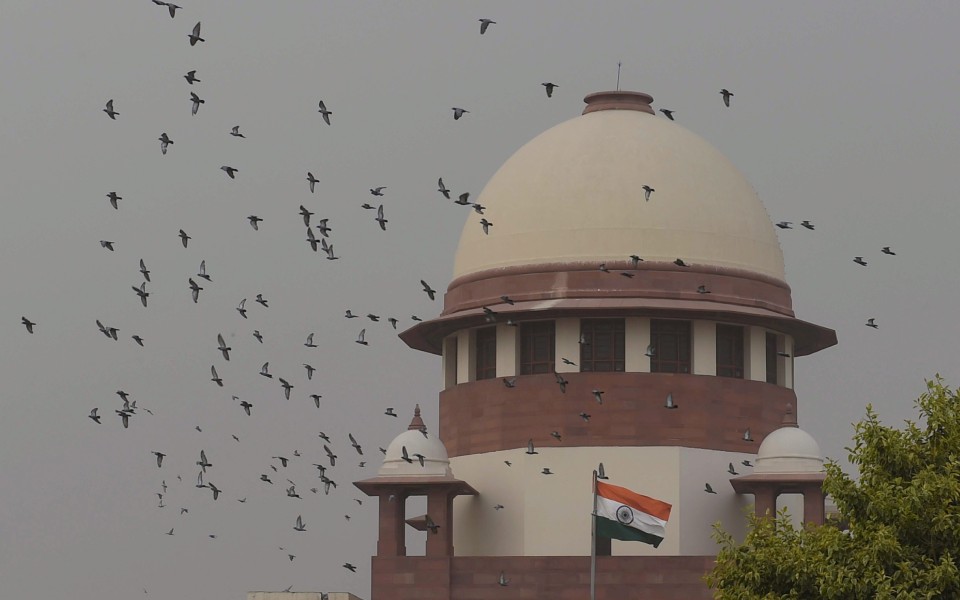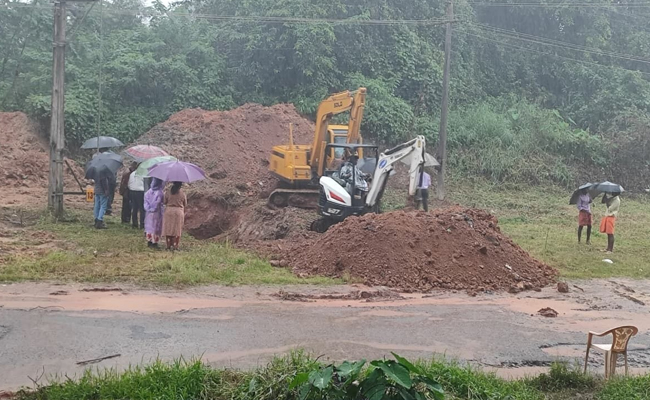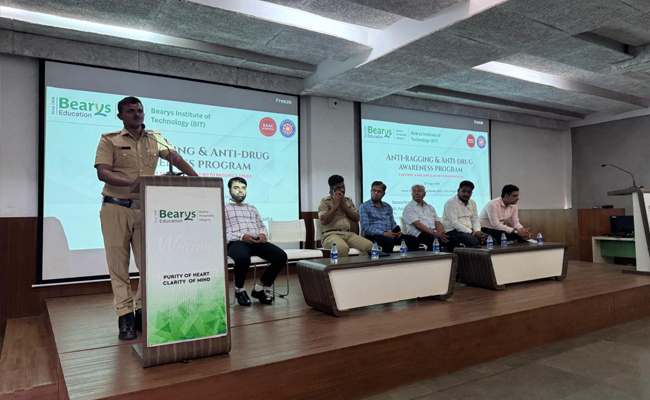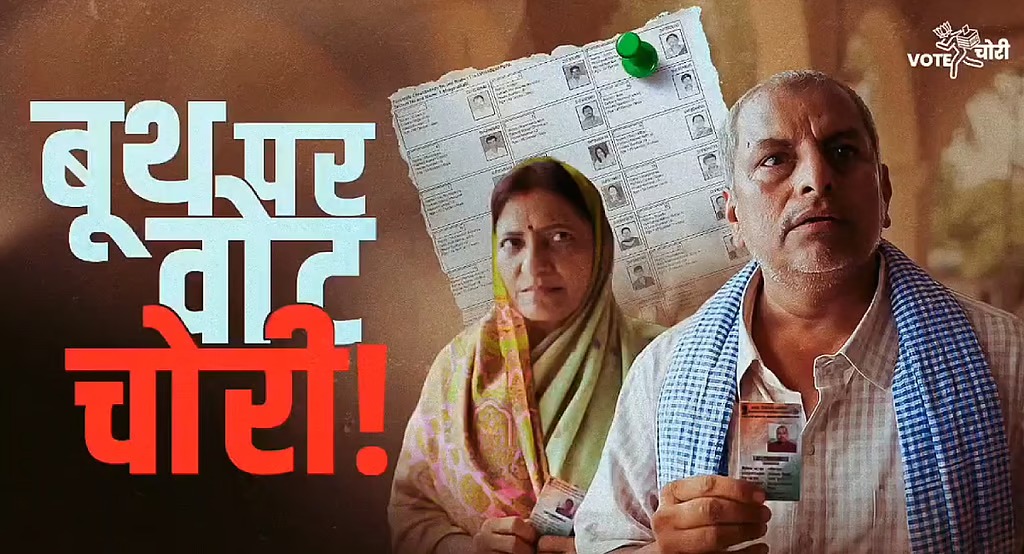New Delhi, Apr 23: The Supreme Court has told a couple, who are software engineers seeking divorce, why don't they give a second chance to the marriage as both of them were not able to devote time to their union.
A bench of Justices K M Joseph and B V Nagarathna said, "Where is the time for marriage. Both of you are software engineers posted in Bengaluru. One goes to duty in the day and the other in the night. You have no regret for divorce but have regret for marriage. Why don't you give a second chance to the marriage."
Justice Nagarathna said that Bengaluru is not a place where divorces take place so frequently and the couple may give a chance towards their union.
However, the counsels for both the husband and wife told the bench that during the pendency of this petition the parties were referred to the Supreme Court Mediation Centre in order to explore the possibility of a settlement between them.
The bench was informed that both husband and wife have agreed upon a settlement agreement in which they have decided to dissolve their marriage by a decree of divorce by mutual consent under Section 13B of the Hindu Marriage Act, 1955 on certain terms and conditions.
The counsels informed the bench that one of the terms being that the husband would pay a total sum of Rs 12.51 lakh towards full and final settlement of all monetary claims of the wife as a permanent alimony.
The bench noted in its order dated April 18, "When queried by this Court, the parties stated that they have indeed agreed to settle their disputes amicably by parting ways and seeking divorce by mutual consent. They also state that the terms of settlement would be adhered to by them and hence the marriage may be dissolved by a decree of divorce by mutual consent."
The bench added that in the circumstances, "we have taken on record the settlement agreement as well as the application filed under Article 142 of the Constitution. We have perused the same. On perusal, we find that the terms of the settlement agreements are lawful and there is no legal impediment for accepting the terms of settlement".
It also took on record that the husband paid a total sum of Rs 12,51,000 to the petitioner-wife who has acknowledged the receipt of the demand drafts.
"In the circumstances, we exercise our power under Article 142 of the Constitution and dissolve the marriage between the parties by a decree of divorce by mutual consent under Section 13B of the Hindu Marriage Act, 1955," the top court said.
It also quashed various other proceedings lodged by husband and wife in Rajasthan and Lucknow under the Dowry Prohibition Act, domestic violence Act and other connected cases.
Let the Truth be known. If you read VB and like VB, please be a VB Supporter and Help us deliver the Truth to one and all.
Bengaluru: A soil scientist, who has studied tropical lateritic soils, has released a note in anonymity, warning the Special Investigation Team (SIT) probing alleged mass burials in Dharmasthala (1994–2014) that improper excavation could permanently destroy critical forensic evidence.
The scientist cautioned that in the coastal, high-rainfall environment of Dharmasthala, bones from older graves are often not visually present due to the region’s acidic laterite soil, which accelerates decomposition. “In these conditions, the visual absence of bones does not mean there was no burial,” the expert stressed. “Chemical and microscopic soil analysis may be the only way to detect older graves.”
According to the soil scientist, Dharmasthala’s lateritic soil has a pH of 4.5–6, is porous and rich in iron and aluminium oxides, and is subject to over 3,500 mm of annual rainfall. These factors together cause rapid bone mineral dissolution and collagen breakdown. “In as little as 15–20 years, complete skeletons can be reduced to just teeth, enamel shards, or micro-residues,” the scientist said.
Drawing on comparisons with Rwanda, Cambodia, Sri Lanka, and Srebrenica, the scientist estimated that:
- Graves less than 15 years old have a reasonable chance of yielding skeletons.
- Graves 15–20 years old may yield only partial skeletons and teeth.
- Burials older than 20 years often retain only chemical signatures and microscopic fragments.
“In Dharmasthala’s soil, the probability of finding a full skeleton after two decades is near zero,” the expert said.
‘JCBs will destroy what’s left’
The soil scientist was particularly critical of the use of heavy machinery in the investigation. “Uncontrolled digging with JCBs can obliterate brittle bone fragments, erase burial stratigraphy, and mix burial soil with surrounding soil, diluting chemical signals,” he warned. “It’s equivalent to destroying the crime scene.”
The scientist emphasised that disturbed lateritic soil can quickly resemble undisturbed ground, making it almost impossible to detect graves later.
GPR as a map, not a microscope
The expert also noted that Ground Penetrating Radar (GPR) could play a limited role in the investigation. “GPR can help locate soil disturbances, but in wet, iron-rich lateritic soils, it cannot ‘see bones.’ For burials decades old, chemical analysis of soil is far more reliable,” he said.
Call for controlled forensic exhumation
The soil scientist urged the SIT to stop all mechanical digging and adopt a forensic protocol:
- Use GPR or other non-invasive methods to locate anomalies.
- Excavate in small, measured layers under forensic supervision.
- Collect soil samples for chemical and microscopic analysis.
- Sieve soil to recover micro bone fragments and teeth.
“Only a controlled, scientific approach will preserve what little evidence may remain in this environment,” the scientist said. “If these traces are destroyed, the truth about the alleged burials may never be proven.”
The SIT is investigating allegations of mass burials linked to the disappearance of individuals between 1994 and 2014 in Dharmasthala. No official response to the scientist’s concerns has been issued.





